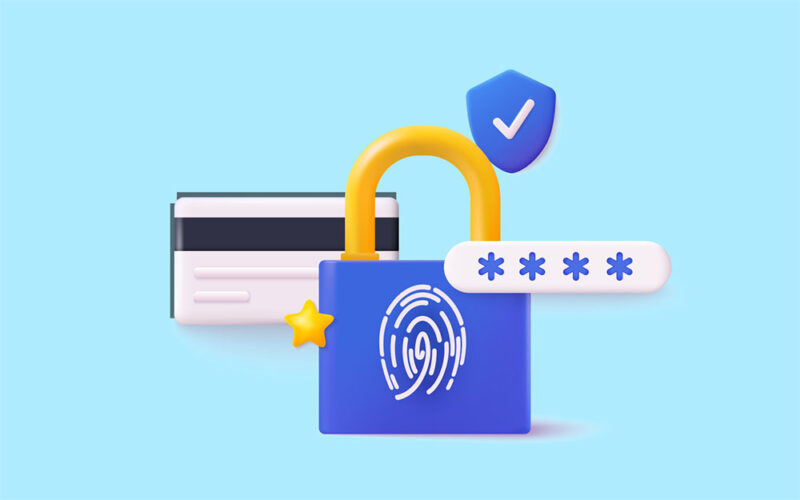Remote work changed everything about how businesses operate, but one problem keeps coming up: getting the right software to the right people, no matter where they’re working from. It’s not just about setting up a VPN and calling it a day anymore. Companies that have actually figured this out are taking a different approach, and it’s working better than the old playbook ever did.
The thing is, most businesses didn’t plan for their teams to be scattered across different cities, states, or even countries. Software that worked perfectly fine when everyone sat in the same office becomes a headache when people are working from home offices, coffee shops, or halfway around the world. Performance slows down, security becomes a bigger concern, and IT departments end up spending way too much time troubleshooting access issues instead of doing more important work.
What’s Actually Changed
The old way of handling remote access was pretty straightforward. Set up a VPN, maybe give people remote desktop access to their office computers, and hope for the best. That worked okay when remote work was occasional, but it falls apart when it’s the default way of working.
Here’s what happens with traditional remote access setups: someone in California tries to access an application that lives on a server in New York, and the connection has to bounce through multiple security layers. Every click takes longer than it should, files take forever to open, and the whole experience feels sluggish. Multiply that by dozens or hundreds of employees, and you’ve got a real problem.
Smart companies started looking for better options. They realized that the issue wasn’t just about connecting people to networks—it was about delivering applications in a way that actually performs well regardless of where someone’s sitting.
The Shift to Application-Focused Delivery
Instead of giving remote workers access to entire desktops or network drives, some businesses are getting more targeted. They’re delivering just the applications people need, streamed from centralized servers but feeling local to the user. This approach cuts out a lot of the performance problems that come with traditional remote access.
When companies use services like Go Global for app delivery, they’re essentially separating the application from the device. The software runs on a server somewhere (could be in a data center, could be in the cloud), but what the user sees and interacts with is a smooth, responsive interface on their laptop or tablet. The heavy lifting happens on the server side, which means the end user doesn’t need a powerhouse computer to run demanding applications.
This matters more than it might seem at first. A graphic designer in Portugal can access the same Windows-based design software that their colleague in Texas uses, without either of them dealing with installation headaches, version mismatches, or performance issues. The application lives in one place but works everywhere.
What Good Implementation Looks Like
The companies getting this right aren’t just throwing money at the problem. They’re being strategic about what needs to change and what can stay the same. Most of them aren’t ripping out their entire infrastructure and starting over. They’re finding ways to extend their existing Windows applications to remote workers without rebuilding everything from scratch.
One manufacturing company kept running into issues with their custom inventory management software. It was built years ago, worked great, but only ran on Windows and required specific configurations. When their team went remote, they faced a choice: rebuild the software for web access (expensive and time-consuming) or find a way to deliver the existing application effectively. They went with application delivery, and their remote workers got the same experience they had in the office, without the company spending months on redevelopment.
The pattern that works involves a few key pieces. First, centralizing applications on servers that can handle the load. Second, using delivery methods that prioritize performance and security. Third, making the user experience simple enough that people don’t need extensive training to access what they need.
The Security Side Nobody Talks About Enough
Remote access always brings up security concerns, and rightfully so. But there’s actually an advantage to application delivery that doesn’t get mentioned enough. When applications run on central servers instead of being installed on individual laptops, companies have much better control over their data.
Think about it this way: if someone’s working on sensitive documents through a streamed application, those documents never actually download to their personal device. Everything stays on the server. If a laptop gets stolen or compromised, the risk is way lower because the actual data wasn’t sitting on that machine to begin with.
This doesn’t mean security becomes automatic—companies still need to implement proper access controls, authentication, and monitoring. But the architecture itself provides a stronger foundation than having critical applications and data scattered across dozens of personal devices in various locations.
The Performance Problem Gets Solved
Distance used to be a real issue with remote access. Someone working from Singapore trying to access applications hosted in Virginia would experience noticeable lag. But companies that have solved this are using smarter routing and sometimes regional servers to minimize that latency.
The technology has gotten better at compressing data streams without losing quality, which means applications feel responsive even over modest internet connections. Video editing software, CAD programs, databases—things that traditionally needed to be run locally—can now be delivered remotely without the frustrating delays that used to make remote work feel second-rate.
What This Means for Growing Teams
For businesses trying to scale, especially those expanding into new markets or regions, this approach removes a major obstacle. Hiring someone in another country doesn’t mean figuring out how to get them a company laptop pre-loaded with all the right software, dealing with customs and shipping, and hoping everything works when they power it up.
Instead, new team members can use their existing devices (within reason and security policies) and get instant access to the applications they need. IT teams can provision access in minutes rather than days. Updates and patches happen centrally, so everyone’s always working with the current version.
The Real Takeaway
The companies handling remote access well aren’t necessarily the ones with the biggest budgets or the fanciest technology. They’re the ones who figured out that the problem wasn’t really about connecting remote workers to office networks—it was about delivering applications efficiently to wherever work happens.
This shift to application-focused delivery solves multiple problems at once: performance improves, security gets easier to manage, IT overhead decreases, and employees get a better experience. It’s not magic, and it’s not right for every single situation, but for businesses dealing with distributed teams and Windows applications that need to work everywhere, it’s proving to be the approach that actually works.


